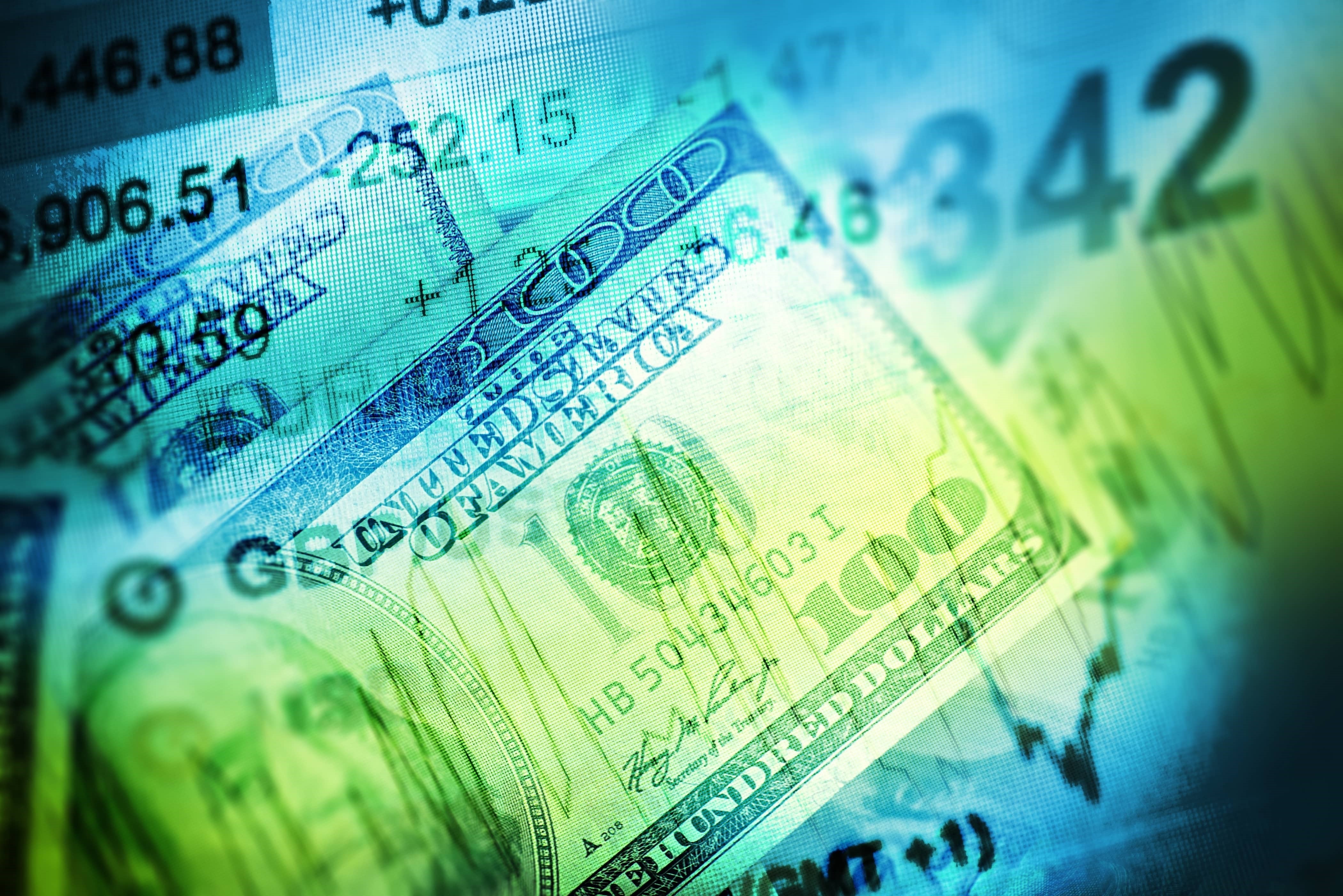The market has a knack for fooling everyone. When the 10-year US Treasury bond yield climbed to nearly 1.75% at the end of March, up from 0.91% where it started the year, many investors were certain it would only move higher.
The yield on 10-year US Treasuries – which influences everything from mortgage rates to rates on auto loans to what companies pay to borrow money – was widely expected to finish the year above 2%.
Instead, in typical market fashion, the 10-year bond yield topped out and headed lower – slowly at first, and then at a rapid clip.
Today the yield briefly fell below 1.13%, the lowest level in over five months, before rebounding to 1.2%.
10-year US Treasury bond yield

COVID-19 resurgence
Analysts are attributing the latest drop in yields to a resurgence in COVID-19 cases around the world. There was an average of 35,035 new cases in the US over the last seven days, up from an average of 12,540 at the end of June, according to the New York Times.
While the average US new case count – and particularly hospitalisations and deaths – are still well below their peaks from January, the resurgence in the virus has been enough to dampen projections for economic growth and inflation.
But the decline in US rates cannot all be attributed to COVID-19. Rates were already topping out in April, shrugging off multiple hot economic and inflation readings that many had imagined would send the 10-year yield to new highs for the year.
Year-over-year growth in the US Core Consumer Price Index jumped from 1.6% in March to 3% in April to 3.8% in May and 4.5% in June. The latter was the fastest rate of growth for core consumer prices since 1991.
Belief in transitory inflation
Yet the market ignored these hot prints, likely reasoning that high inflation was transitory, just as the Federal Reserve believes.
The one-time reopening of the economy after months of quarantining and social distancing, along with trillions of dollars of fiscal stimulus, had created a powerful economic boom, but one that would probably cool off as these one-time forces dissipated.
After that, growth in the economy and consumer prices might moderate back toward their pre-pandemic levels – less than 2% for both.
Also capping yields was the Fed’s pivot to a more hawkish stance at its June meeting. By signalling that it was preparing to taper its bond purchases and perhaps hike the Fed funds rate as soon as 2022, the market began to believe that the central bank was back to its old self, meaning it would not allow inflation to run well past its 2% target for a long period of time.
Rising bond ETFs
The drop in the 10-year yield is the bond market signalling that it expects the economy and inflation to cool. It is a win for anyone who was brave enough to buy into the market at the end of March. Since then, the iShares $ Treasury Bond 7-10yr UCITS ETF (IBTM) rallied 4.9% (bond prices and yields move inversely).
The iShares $ Treasury Bond 20+yr UCITS ETF (IDTL) has done even better, gaining 12.4% in the same time frame. The 30-year Treasury bond yield, which topped out at 2.45% in mid-March, hit a low of around 1.8% today.
On a year-to-date basis, both IBTM and TLT are still down – 1.3% and 3.8%, respectively – but that is a significant improvement from in March, when they were down close to 5% and 15%, respectively.
Outlook
It would be foolhardy to predict where US Treasury bonds and interest rates go from here. Analysts still largely expect the 10-year yield to go up, with the Bloomberg year-end consensus currently sitting at 1.8%.
That type of rebound in rates is not unheard of but will depend on the trajectory of growth. A better-than-expected economy is upside fuel for rates, all else being equal. But it also depends on the Fed’s reaction function. Will the Fed be slow to hike (put upward pressure on the 10-year yield), or be fast (put downside pressure on the yield)?
Will the President Joe Biden administration be successful in passing another multitrillion-dollar fiscal spending plan (upward pressure)?
There is also the issue of secular drivers of interest rates. The global savings glut, which held rates down for much of the post-financial-crisis period, is still very much a factor. In fact, the savings glut has probably only gotten bigger thanks to all the pandemic-related stimulus unleashed last year.
Bottom line
Just as most investors could not anticipate the decline in interest rates over the past few months, few can accurately predict where they will go from here.
The best an investor can do is position their portfolios so that they are comfortable regardless of short-term vagaries in the 10-year yield.
This story was originally published on ETF.com


